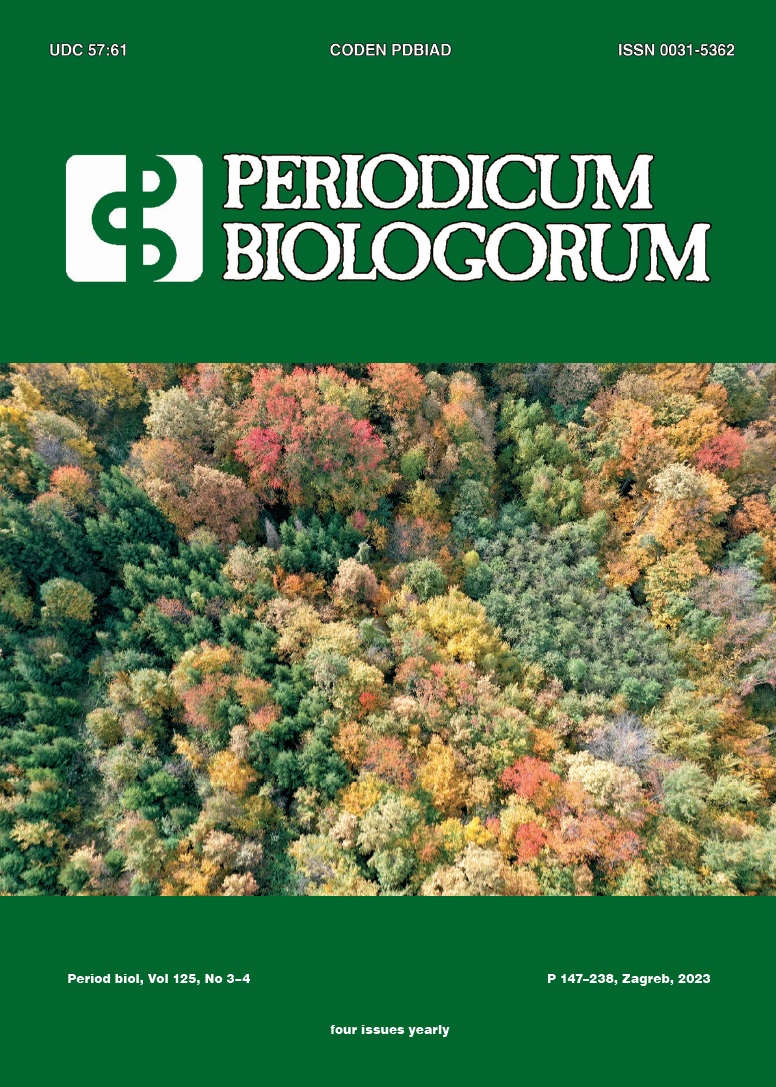Frontal alpha asymmetries and behavioral immune system: moderating role of behavioral inhibition system
Frontal alpha asymmetries and behavioral immune system
DOI:
https://doi.org/10.18054/pb.v125i3-4.11512Abstract
Background and purpose: Behavioral immune system is a cluster of psychological mechanisms enabling detection and avoidance of pathogens in one’s immediate environment. Its presumed activation has been implicated in myriads of psychological phenomena, stemming from pathogen related disgust to more complex behaviors, such as mate choice and xenophobic cognitions. However, little is known about its biological underpinnings. The aim of this preliminary study was twofold: 1) to explore the role of another neuropsychological system governing avoidant motivations, the behavioral inhibition system, in pathogen-induced disgust and 2) to determine if frontal hemispheric asymmetries (a neural correlate of avoidant motivations) might serve as indicators of behavioral immune system activation.
Materials and methods: 62 participants completed the Behavioral inhibition scale. Based on their z-scores, two extreme groups were formed: high (n=9) and low behavioral inhibition (n=9) group. After the baseline EEG recordings, participants were exposed to a set of neutral stimuli, followed by a set of pathogen disgust inducing stimuli. The frontal asymmetry (FAA) indexes (lnR-LnL) were calculated within both low (8-10 Hz) and high (11-13 Hz) alpha frequency bands on analogue pairs of frontal electrodes.
Results: There were no baseline FAA differences between groups. However, compared to low behavioral inhibition group, high behavioral inhibition group showed larger shifts in FAA on frontopolar locations while watching the pathogen related disgust-inducing stimuli, as compared to neutral photographs.
Conclusions: This pattern of FAA shifts suggests that high behavioral inhibition individuals attend to pathogen threat related cues more readily, i.e., have a more reactive behavioral immune system. With this preliminary study we are proposing a new line of research in order to determine if there is evidence of a calibrated response in terms of interplay between one’s immune status and pathogen treat related neural reactivity.
Downloads
Published
Issue
Section
License
The contents of PERIODICUM BIOLOGORUM may be reproduced without permission provided that credit is given to the journal. It is the author’s responsibility to obtain permission to reproduce illustrations, tables, etc. from other publications.


